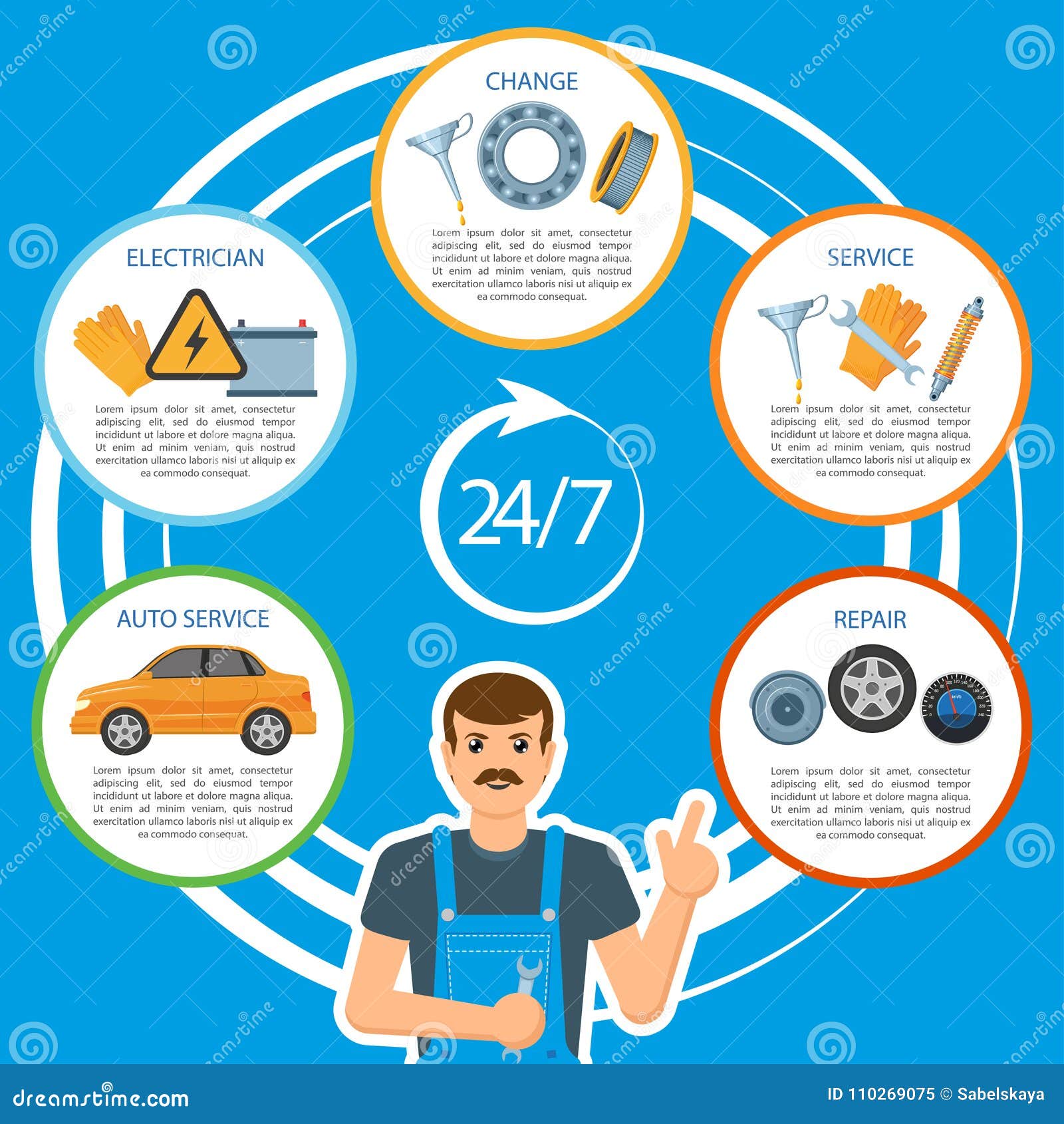Open The Hood To Identify Usual Brake System Difficulties And Their Solutions
Open The Hood To Identify Usual Brake System Difficulties And Their Solutions
Blog Article
Write-Up Created By-Flynn Reynolds
When it concerns your vehicle's brake system, recognizing common problems can conserve you from prospective safety and security dangers. From determining brake pad wear to addressing brake fluid leakages, recognizing exactly how to tackle these troubles is essential. But what about those mushy brake pedals? There's a fix for that too. Stay tuned for more information about these issues and the functional solutions that can maintain you safely when driving.
Brake Pad Wear and Replacement
When it concerns preserving your vehicle's brake system, one essential element to watch on is the wear and substitute of brake pads. Brake pads are essential parts that press against the brake rotors to slow down or quit your car. Over time, these pads wear down due to rubbing, requiring routine inspection and substitute to guarantee your brakes operate efficiently.
To determine if brake booster repair cost require substitute, listen for shrilling or grinding noises when you use the brakes. Furthermore, if your car takes longer to stop or you discover resonances or pulsations when braking, it may be time to replace the brake pads.
Overlooking worn brake pads can bring about decreased stopping performance, damage to other brake parts, or even brake failure.
Changing https://airliftperformancekits50494.blogdeazar.com/30067978/master-the-art-of-navigating-auto-repair-work-with-self-confidence-and-accuracy is a reasonably simple process for many lorries. However, if you're not sure or unpleasant doing this job, it's ideal to consult a professional technician to ensure correct installation and optimum brake efficiency.
Consistently checking and changing brake pads is crucial for your security and the longevity of your car's braking system.
Brake Fluid Leaks and Upkeep
To ensure your vehicle's brake system operates efficiently, it is necessary to also take notice of brake fluid leaks and maintenance. Brake fluid is important for transferring the force from your foot on the brake pedal to the real stopping mechanism. https://archernhcwq.blogacep.com/35117583/questioning-whether-to-take-part-in-do-it-yourself-automobile-repair-work-or-to-consult-a-specialist-the-concealed-prices-and-possible-end-results-could-be-unexpected-bring-about-an-important-choice with brake fluid is leakages, which can take place as a result of tatty brake lines, seals, or connections. If you notice a puddle or trickles under your vehicle, it's important to deal with the leak quickly to avoid a potential brake failure.
Consistently checking your brake liquid degree is crucial to maintaining your brake system. Low brake liquid can cause air entering the brake lines, which compromises stopping performance.
Furthermore, old or contaminated brake liquid can influence the general performance of your brakes. It's suggested to adhere to the manufacturer's guidelines on when to change the brake liquid, generally every 2 years.
Spongy Brake Pedal: Blood Loss Brakes
If you have actually ever before experienced a spongy brake pedal while driving, you understand the importance of keeping a firm and responsive stopping system. One common root cause of a squishy brake pedal is air trapped in the brake lines. When air enters the brake system, it can lead to a loss of hydraulic pressure, leading to that unsettling squishy feeling when you press the brake pedal.
To settle this concern, bleeding the brakes is required. Bleeding the brakes includes removing the air from the brake lines to bring back appropriate hydraulic pressure.
To bleed the brakes, you'll require a helper to assist you. Begin by finding the brake bleeder valve on each wheel, generally found near the brake caliper. With a wrench, loosen up the shutoff and have your assistant press the brake pedal while you observe any type of air bubbles coming out. Repeat this procedure for every wheel, starting from the wheel farthest from the master cyndrical tube and moving more detailed.
As soon as you no more see air bubbles and just clear liquid emerges, tighten the valve and top up the brake fluid tank as needed. Hemorrhaging the brakes aids make sure a firm brake pedal and enhances overall stopping performance.
Conclusion
Now that you understand common brake problems and just how to repair them, you can guarantee your automobile's safety and security and performance. Keep in mind to listen for indication like shrilling noises or squishy brake pedals, and address them without delay. Regular upkeep and prompt substitutes are vital to maintaining your brakes in leading condition. Stay positive and mindful to your brake system to enjoy secure and trustworthy driving experiences.
